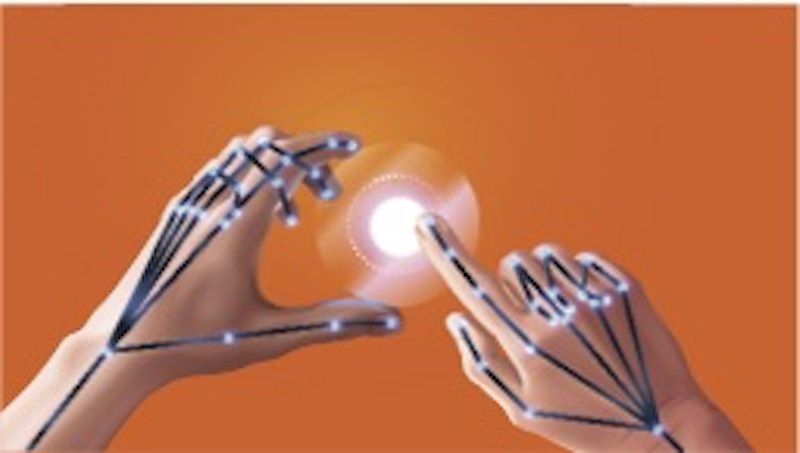The computational processing of images has been around since the 1960s, but in recent years, advances in electronics, data storage and cloud computing have made machine vision pretty much accessible to everyone.
One of the reasons for this is that machine learning (the ability of systems to automatically learn and improve from experience without explicitly being programmed) has created new opportunities.
Additionally, the market is awash with affordable, high-quality camera devices that, coupled with tiny credit card-sized computers like the Raspberry Pi and the right engineering expertise, can generate incredible detail at very low cost.
